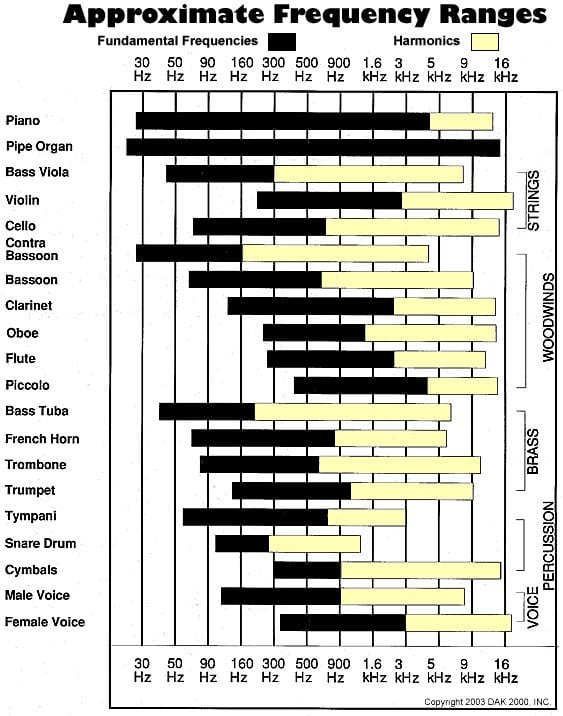Frequency Range Vinyl Vs Cd

Musicians and listeners have argued over the superiority of digital versus analog sound recordings.
Frequency range vinyl vs cd. Sound can be recorded and stored and played using either digital or analog techniques. There s very little compression so the loudest parts of those sounds often. Vinyl can still push music to the limits of its dynamic range 55 70db but it often shies away from doing so in order to maintain sound quality. The cd audio is digitally encoded and read by a laser while analog vinyl.
The hf limit is dependent on many factors but at the very least cd4 records go all the way to 45khz. Sales of vinyl records have been soaring although they still represent only a tiny fraction of the music industry s revenues. Is this growth because as some respected sources breathlessly state i m looking at you wired magazine vinyl sounds better than digital media. That s why snare drums cymbal splashes and other loud instruments have so much more punch in vinyl recordings.
The dynamic range of vinyl when evaluated as the ratio of a peak sinusoidal amplitude to the peak noise density at that sine wave frequency is somewhere around 80 db. Typically you ll know if you have a cd4 record. So what happens if you take a vinyl record that was mastered on all digital equipment in. The ultra high frequencies on a cd4 record can only be read by specialised stylus profiles eg.
Please see my follow up video. Otherwise the useful frequency range limit might be as low as 15khz or as high as 20 30khz. Comparing compact discs cds to vinyl or gramophone records is the musical equivalent of comparing digital photography with film photography. Vinyl is back no doubt about it.
This is my response to the video at https youtu be 4ec6l3 k 48. Both techniques introduce errors and distortions in the sound and these methods can be systematically compared.
















































